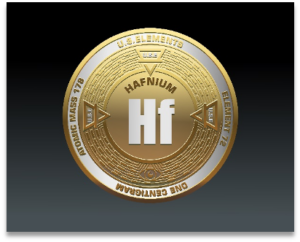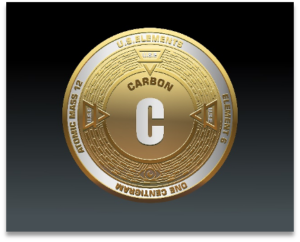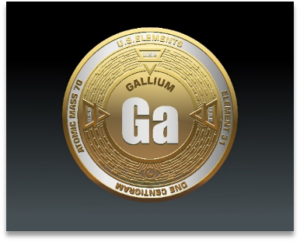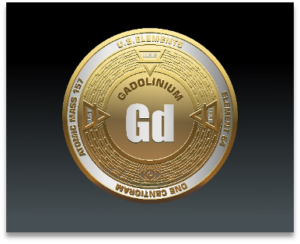Imagine a world without lithium-ion batteries—no smartphones, no electric vehicles, and no grid-scale energy storage. While lithium gets most of the attention, natural graphite is the unsung hero enabling this technology. In fact, graphite makes up nearly 50% of the weight of a lithium-ion battery anode. Yet, despite its critical role, the United States has no domestic production of natural graphite and is entirely dependent on imports. As the 18th entry in our series, we examine the importance of natural graphite, its supply challenges, and how America can take charge of its graphite future.
Why the U.S. Needs Natural Graphite
Natural graphite is a key material in multiple industries:
- Energy Storage: Used in lithium-ion battery anodes, making it vital for electric vehicles (EVs) and renewable energy storage.
- Steel Manufacturing: Crucial in electric arc furnaces, which produce over 70% of American steel.
- Defense Applications: Essential for thermal and electrical conductivity in military-grade equipment.
- Semiconductors & Electronics: Found in heat sinks, lubricants, and friction materials.
Where It’s Found Domestically
Despite having graphite reserves, the U.S. lacks active commercial mining operations. Notable potential deposits exist in Alaska, Alabama, and Montana. However, processing capacity is limited, making the U.S. highly dependent on imports.
Economic Realities
The graphite market is expected to exceed $25 billion by 2030, driven by EV adoption. China currently dominates production, refining nearly 65% of the world’s natural graphite. The lack of a domestic supply chain places American industries at risk of price volatility and geopolitical constraints.
Processing and Technological Innovations
Traditional graphite refining involves energy-intensive processes, including chemical purification. Newer technologies, such as thermal purification and bioleaching, offer eco-friendly alternatives. Additionally, researchers are exploring synthetic graphite as a substitute, but it remains costlier and less efficient than natural graphite for many applications.
Abundance and Waste Recovery Potential
Graphite occurs in the Earth’s crust at around 2 parts per million (ppm). While naturally abundant, high-quality deposits are rarer. Emerging methods to recover graphite from battery recycling and industrial waste could reduce dependency on virgin mining.
Time to Market
Bringing a new graphite mine online in the U.S. could take 7 to 10 years due to permitting, environmental regulations, and infrastructure challenges. Expanding domestic refining capacity is a shorter-term solution that could boost supply within 3 to 5 years.
Current and Future Applications
The demand for graphite will continue to grow due to:
- The EV boom: Each electric car requires 66-110 lbs of graphite.
- Next-generation energy storage: Solid-state batteries and graphene-based supercapacitors.
- Advanced aerospace materials: Graphite composites for lightweight, high-strength applications.
Impact on Everyday Life
From the brake pads in your car to the touchscreen in your phone, graphite plays a silent but crucial role in daily life. As the world transitions to cleaner energy, its importance will only increase.
Consequences of Supply Shortages
A graphite shortage would cripple the EV industry, slow clean energy deployment, and make the U.S. vulnerable to supply chain disruptions. Prices would soar, affecting everything from battery costs to steel production.
Import Dependence
The U.S. imports 100% of its natural graphite, primarily from China, Canada, and Madagascar. Heavy reliance on Chinese supply chains creates a strategic vulnerability.
Securing America’s Graphite Future
To ensure a stable supply of natural graphite, the U.S. must:
- Expand domestic mining and processing: Investing in projects like those in Alaska and Alabama.
- Diversify import sources: Strengthening partnerships with Canada and other allies.
- Advance recycling and synthetic alternatives: Reducing dependence on raw material extraction.
Final Thoughts
Graphite may not be flashy, but it is indispensable. As the world electrifies, the U.S. must act now to establish a secure, domestic graphite supply chain. Without it, America risks falling behind in the global energy race.
Stay tuned for the next article in our series as we continue uncovering the minerals vital to America’s future. The path to mineral independence starts today.






